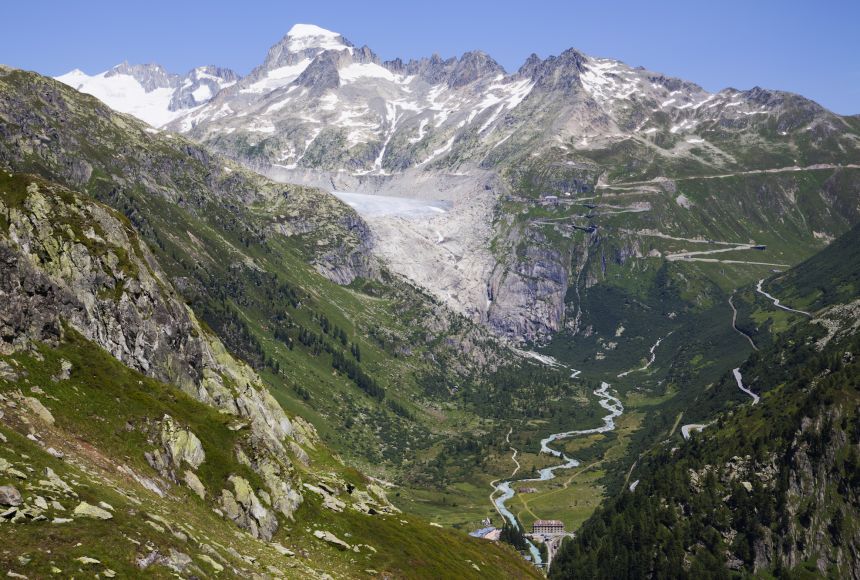ENCYCLOPEDIC ENTRY
ENCYCLOPEDIC ENTRY
Source
Source
A source is the place where a river begins. Because pollution at a source can harm the health of a river downstream, it is important to know where a river gets its water.
Grades
5 - 8
Subjects
Earth Science, Geography, Physical Geography
Image
Furka Pass
Ice melt from the top of mountains and glaciers is often a source for many rivers.
Photograph by LucynaKoch

Media Credits
The audio, illustrations, photos, and videos are credited beneath the media asset, except for promotional images, which generally link to another page that contains the media credit. The Rights Holder for media is the person or group credited.
Director
Author
Production Manager
Program Specialists
Specialist, Content Production
Producer
other
Last Updated
November 2, 2023
For information on user permissions, please read our Terms of Service. If you have questions about how to cite anything on our website in your project or classroom presentation, please contact your teacher. They will best know the preferred format. When you reach out to them, you will need the page title, URL, and the date you accessed the resource.
Media
If a media asset is downloadable, a download button appears in the corner of the media viewer. If no button appears, you cannot download or save the media.
Text
Text on this page is printable and can be used according to our Terms of Service.
Interactives
Any interactives on this page can only be played while you are visiting our website. You cannot download interactives.